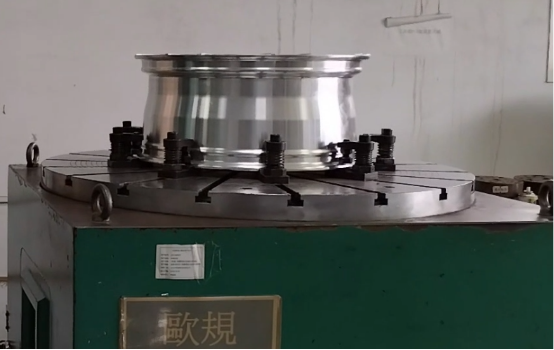The earliest light-alloy wheels were made of magnesium alloys. Although they lost favor on common vehicles, they remained popular through the 1960s...
The first light-alloy sheet aluminium car wheels were used in Daimler-Benz and Auto-Union racing cars in the 1930s. In the 1960s, Porsche began the batch production of sheet wheels, which consisted of a wheel rim and nave. The first high-volume production of sheet wheels in Europe started in 1979 for Daimler-Benz cars destined for the USA.
Through further development of the production process for wheel rims and naves, the manufacturing costs were reduced markedly so that an aluminium sheet wheel has been produced in large numbers for the BMW 5 Series since 1995

Using aluminium wheels on passenger cars began with the upper class or flagships models in order to give them a distinctive personal touch.
Mainly cast at this time, they started in the 1970s to be factory-fitted to mass-produced cars.
Wheels are now representing about 15% of the average aluminium content in passenger cars and light trucks, and if the main motivation has been styling with mainly cast solutions, weight reduction requirements have lead to the development of more technical cast but also forged and fabricated solutions.
These components have, however, critical safety functions and must meet high standards of design, engineering and workmanship